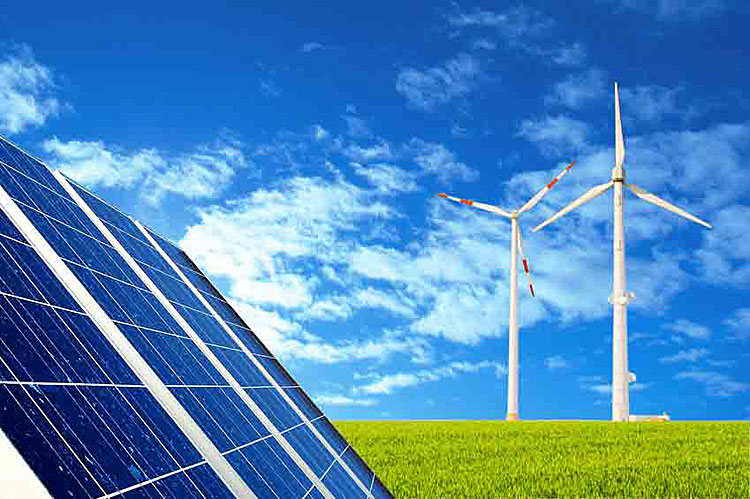By Zach Friend, Santa Cruz County Supervisor 2nd District

Annually, the Commission on the Environment and Board of Supervisors provide input to staff to evaluate and prioritize initiatives to pursue from among those included in the Climate Action Strategy.
Here is an overview of this year’s report and a partial list of accomplishments:
Emissions Reduction
According to the report, the results show that overall community emissions have decreased by 18 percent in 2015 compared to the baseline year of 2005. For comparison, 2015 emissions were also calculated using the emissions factor that would be expected if the Monterey Bay Community Power program were currently in place (it comes online in 2018) and providing a higher percentage of renewable power, compared to the current option. The calculation shows a 45 percent reduction in emissions from electricity consumption compared to 2005, and 28 percent reduction in overall emissions.
The emissions reduction already occurring in the community is a result of a reduction in customer consumption of both electricity and natural gas. The report notes this can be attributed to energy conservation and energy efficiency as a result of regulatory and non-regulatory programs, individual actions, and public awareness.
Accomplishments in Energy Efficiency and Renewable Energy Last Year
- The County led the effort to establish the Monterey Bay Community Power Authority.
- The County continues to implement energy efficiency measures at major County facilities
- The County is in the final contract process for installation of solar panels at seven County sites.
- Public Works continues to produce electricity with captured landfill gas, and make improvements to gas capture systems.
- Public Works continues support environmental education programs in local schools through the Green Schools Program and Green Business Program.
- The County adopted the 2016 Calgreen State building code.
- The County continues to implement water conservation programs requiring installation of water conservation devices at time of property transfer and prohibiting wasteful water use, and facilitating greywater and rain catchment systems.
In addition to actions to reduce emissions from energy consumption, the County is also striving to do our part to reduce the use of fossil fuels in the transportation sector and reduce solid waste, which in the long term reduces landfill methane emissions.
- Over the next two years, the County will continue working to implement the Sustainable Santa Cruz County land use and transportation plan as part of an overall Sustainability Policy and Regulatory Update.
- There are a number of programs for county employees promoting alternative commuting by bicycle, bus, and vanpool.
- Additional electric vehicle charging stations have been installed at the Government Center to serve newly purchased electric vehicles, and the County continues to seek grant opportunities and purchase low and zero emissions vehicles for the County fleet.
- The County has met its 75% waste reduction goal and continues to be a leader in recycling and waste reduction. In 2016 the Board of Supervisors adopted the Zero Waste Plan to serve as a guide for future efforts.
While the County works to reduce emissions and keep climate change from getting worse, the Climate Action Strategy presents a set of strategies to address the County’s vulnerabilities to climate change that will occur. The strategies include a broad range of approaches for protecting people, infrastructure, and natural resources. While adapting to climate change presents significant challenges, the County is taking a number of steps to meet the challenge.
The report highlights many actions by County Departments that are resulting in emissions reduction and intended to improve quality of life. Actions such as County facilities energy efficiency projects, pursuing solar power on County facilities, transportation and land use planning initiatives, and achieving zero waste are ongoing, multi-year efforts.
The above are just a partial listing of all of the efforts that have taken place over the last year to work on these challenging issues. We know that a lot more can be done but it’s important to note how much effort is being done at the local level to address these challenges as well.
•••
As always, I’d love to hear your thoughts. Feel free to call me at 454-2200 with questions or comments.